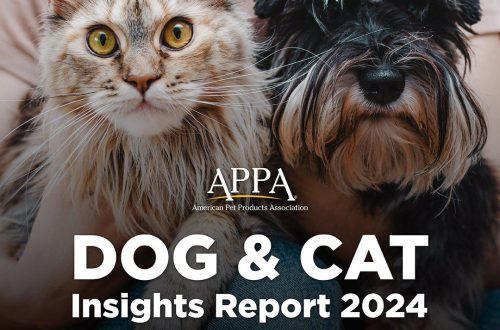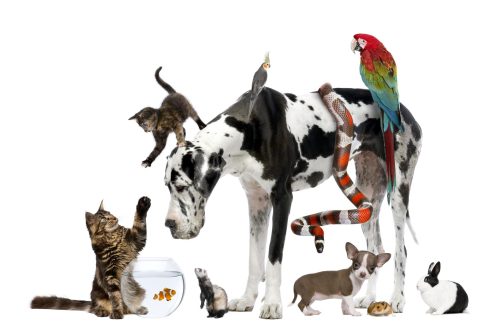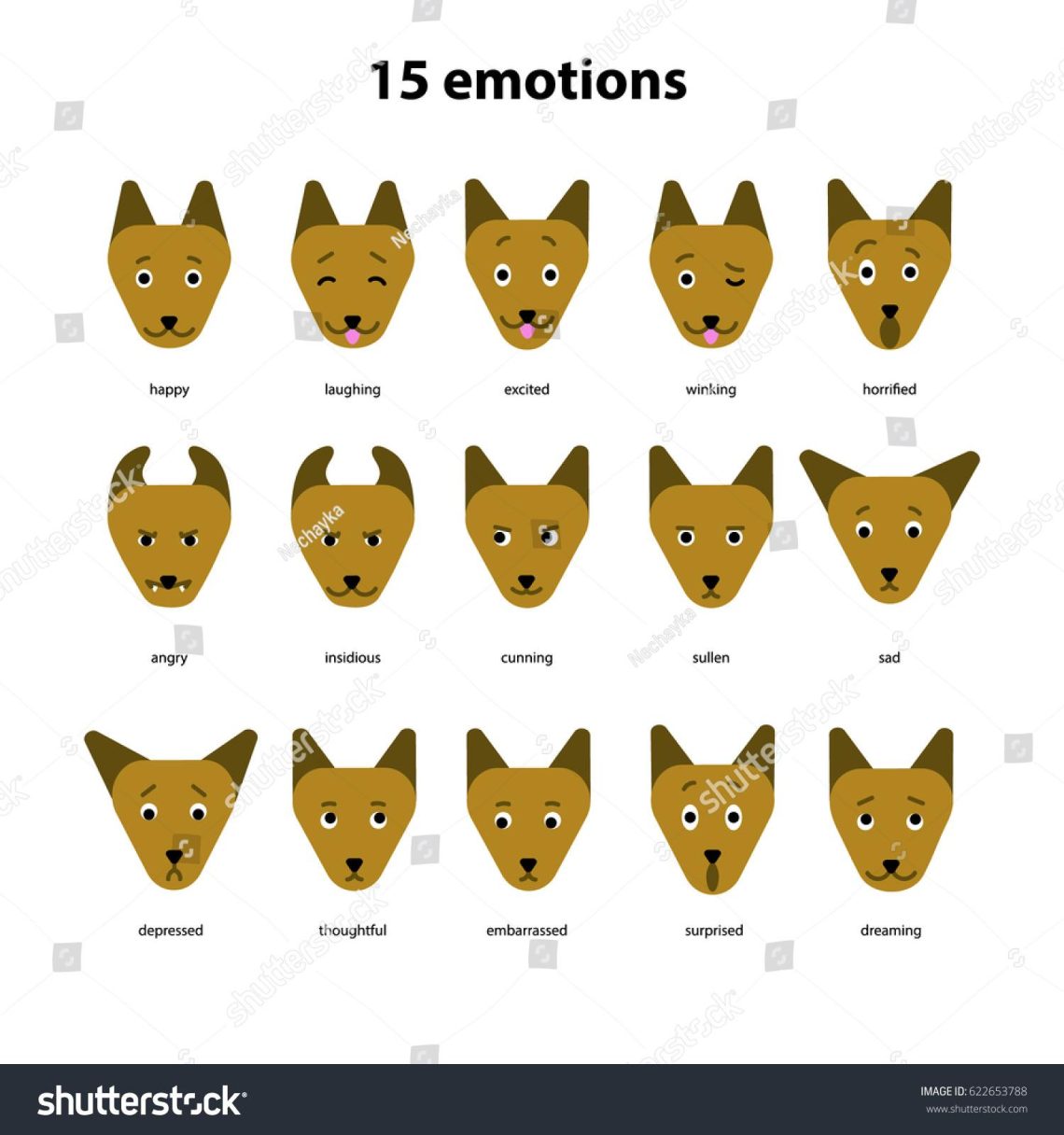
Unleashing Feelings: Understanding the Science of Pet Emotions
Unleashing Feelings: Understanding the Science of pet Emotions
In the quite moments shared with our furry companions, it’s easy to wonder: what are they really feeling? As they wag their tails, purr softly, or nuzzle up beside us, it seems apparent that our pets experience a world rich in emotion. yet, beneath the surface of these seemingly simple expressions lies a complex tapestry woven from instinct, biology, and learned behaviour. As our understanding of animal cognition and emotion deepens, we find ourselves at the intersection of science and sentiment, exploring the richness of our pets’ inner lives. This journey invites us to look beyond mere observations,engaging with groundbreaking research that reveals how our beloved animals feel,how they respond to our emotional cues,and what their reactions mean for the human-animal bond. Join us as we delve into the science of pet emotions—unlocking the language of love, loyalty, and joy shared between us and those who instinctively understand our hearts.
Table of Contents
- Exploring the Emotional Spectrum of Pets
- The Neurology of Animal Feelings
- Connecting Through Body Language and Behavior
- Fostering Emotional Well-Being in Our Furry Companions
- The Conclusion
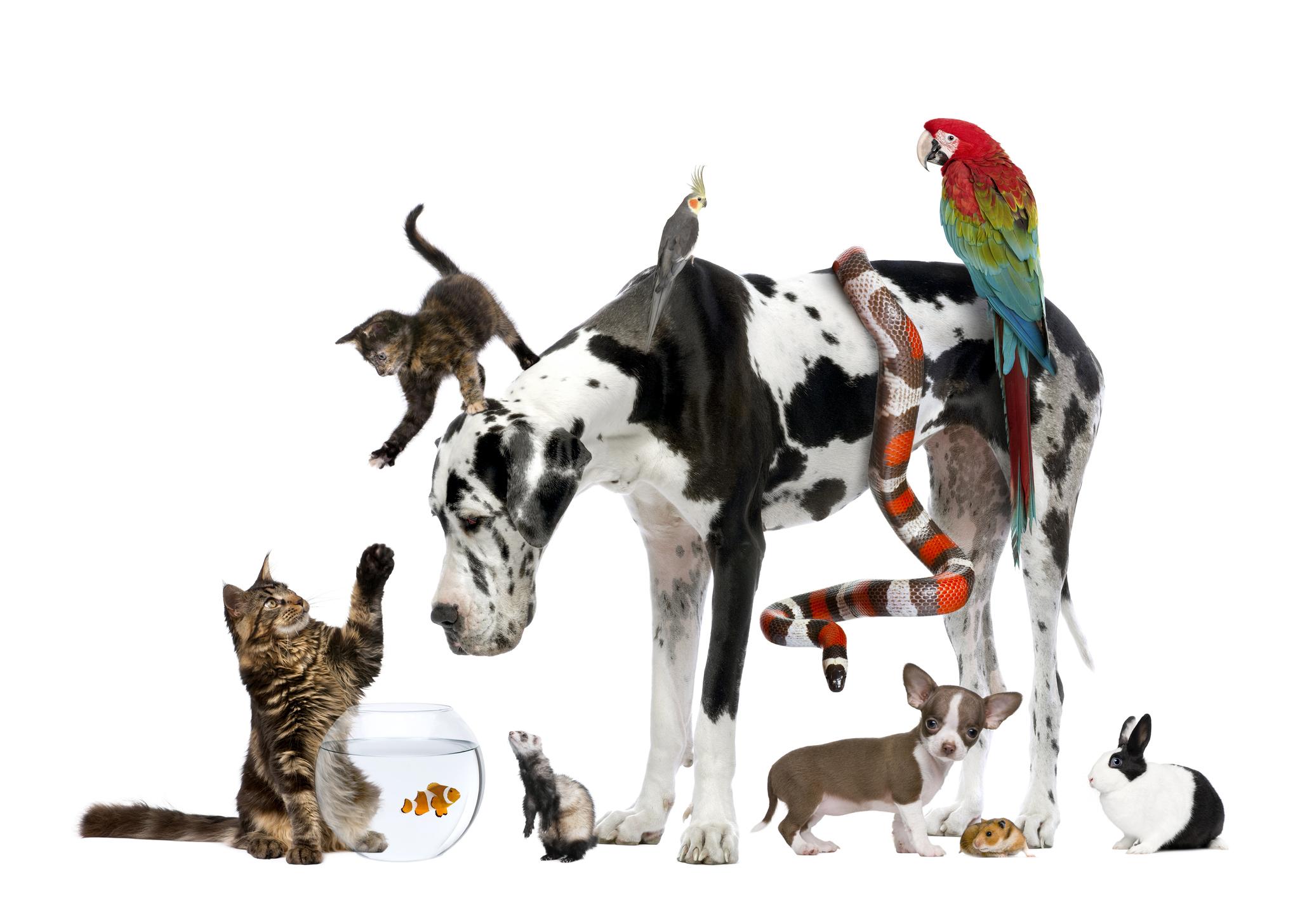
Exploring the Emotional Spectrum of Pets
Pets are remarkable creatures with a wide emotional landscape that closely mirrors our own. Studies suggest that animals experience a range of feelings, including joy, fear, anxiety, and even jealousy. Engaging with pets can reveal their emotional states; a wagging tail might signify happiness, while a cowering posture could indicate fear. Understanding these signals is crucial for effective interaction and bonding. Owners often find that their intuition about a pet’s emotions aligns closely with scientific findings, emphasizing the deep connections that can exist between humans and animals.
Moreover, the emotional well-being of pets is intertwined with their behavior and health. When pets experience negative feelings, such as loneliness or anxiety, it can lead to issues like destructive behavior or health problems. To promote a positive emotional environment for our furry friends, it’s essential to consider various factors, including:
- Social interaction: Engaging with pets through play and companionship.
- Environmental enrichment: Providing stimulating toys and a safe space for exploration.
- Routine: Establishing consistent schedules for feeding and exercise.
By understanding and addressing the emotional needs of pets,we can foster a nurturing atmosphere that enhances their quality of life and strengthens our bond with them.
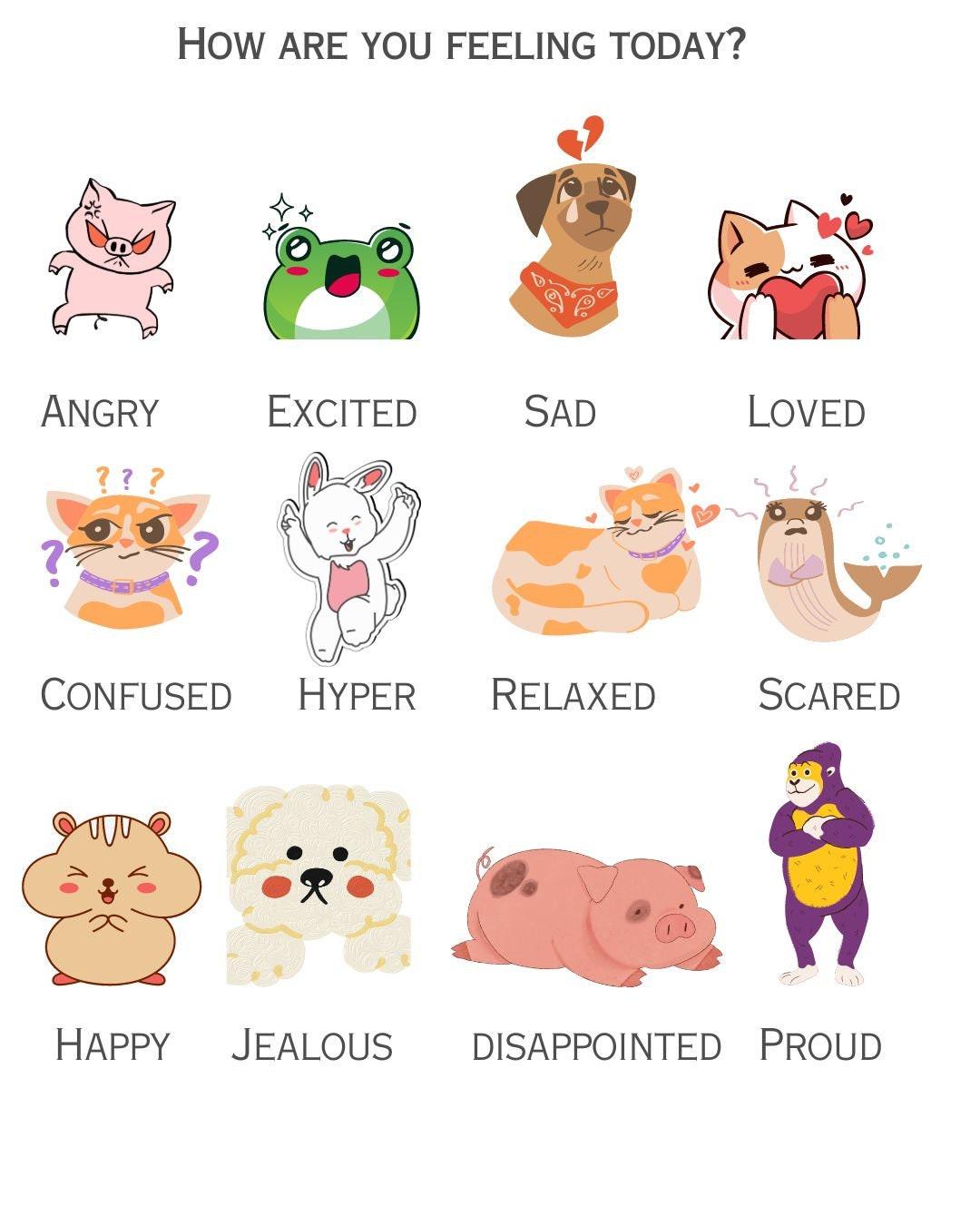
the Neurology of Animal feelings
Understanding the emotions of our pets not only enriches our relationships with them but also sheds light on their behavior and well-being. The neurological framework of how animals experience feelings is deeply rooted in brain structure and function, much like humans. Certain areas of the brain, such as the limbic system, are pivotal for generating emotions like joy, fear, and attachment. research indicates that animals release neurotransmitters such as oxytocin and dopamine in response to positive interactions with humans, suggesting that they can form bonds similar to those found in human relationships. These findings help us appreciate the complexity of animal feelings and the underlying biology that drives their emotional lives.
Moreover,studies using advanced brain imaging techniques have revealed specific patterns of brain activity associated with different emotional states in pets. As a notable example, dogs exhibit a unique neural response when they hear their owner’s voice, registering it as a source of comfort and familiarity. This response underscores the psychological impact that our interactions can have on them. Various factors influence these emotional responses, including socialization, environment, and past experiences, making each pet’s emotional landscape distinct. Consider the following table that summarizes key aspects of pet emotions:
| Emotion | Neurotransmitter | Behavioral Indicators |
|---|---|---|
| Joy | Dopamine | Wagging tail, playful behavior |
| Fear | Cortisol | Whining, hiding, aggression |
| Affection | Oxytocin | Licking, cuddling, following |

Connecting Through Body Language and behavior
The intricate dance of body language and behavior in pets is a fascinating realm that goes beyond mere observation. Animals express their emotions profoundly through subtle cues that can easily be misinterpreted without understanding the underlying science. As an example, a wagging tail isn’t solely an indicator of excitement; it can also signify anxiety or submission, depending on the positioning and movement. By noticing these cues, pet owners can foster a deeper connection with their companions and respond appropriately to their needs.
Here are some common behaviors to watch for that can reveal yoru pet’s emotional state:
- Tails: Position and movement can indicate various feelings – from joy to fear.
- ears: Forward-facing ears often signify curiosity, while pinned back ears might signal discomfort or aggression.
- Purring or Growling: These vocalizations can convey contentment or frustration,respectively.
- <strong.Body Posture: A relaxed, open posture suggests comfort, while cowering or tensing up may indicate anxiety.
Understanding these signals opens a window into the emotional world of your pet. Table 1 outlines some typical behaviors and their associated meanings:
| Behavior | Possible Emotion |
|---|---|
| Tail Wagging | Happiness or Anxiety |
| Paw Lifting | Uncertainty |
| Slow Blinking | Trust or Affection |
| flattened Ears | Fear or Aggression |
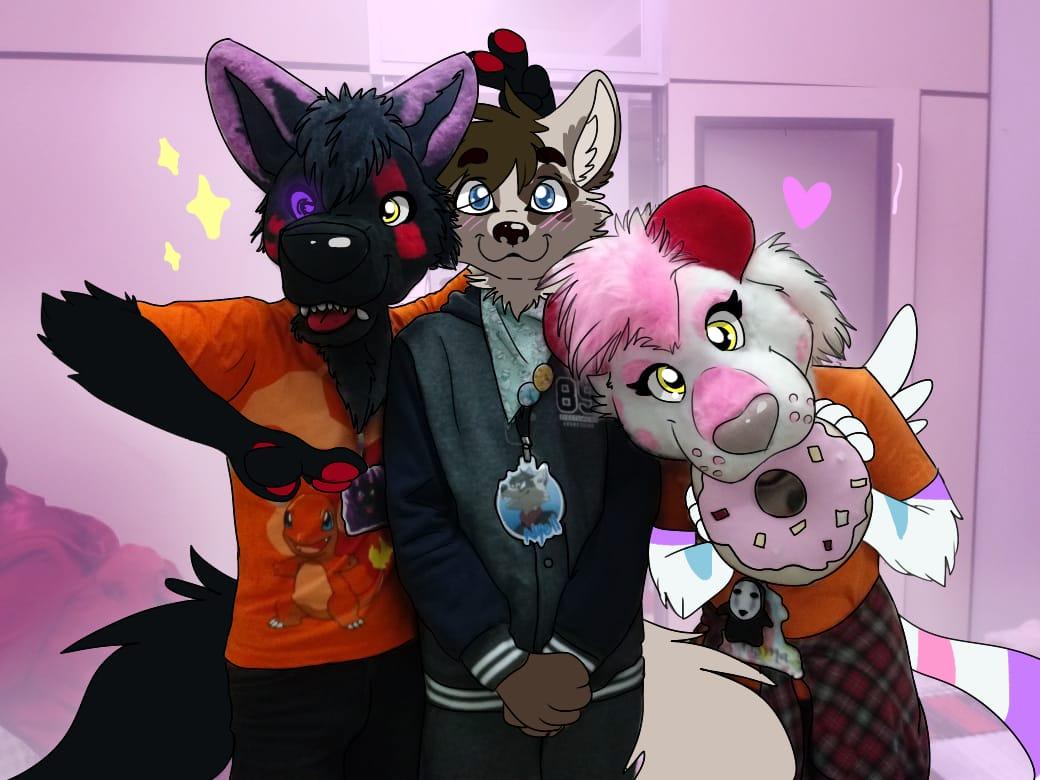
Fostering Emotional Well-Being in Our Furry Companions
Creating an emotionally supportive environment for pets involves recognizing their feelings and engaging with them in ways that foster happiness and security. The bond between pets and their owners thrives on understanding non-verbal cues, such as tail wagging or body posture that signal their emotional state. you can enhance their well-being by:
- Providing Routine: Animals thrive on consistency. Establish a daily schedule for feeding, walks, and playtime.
- Creating a Safe Space: Ensure your pet has a cozy, quiet area to retreat to when they seek solitude.
- Encouraging Positive Interactions: Spend quality time bonding through play and training, reinforcing positive behaviors with rewards.
Moreover, understanding your pet’s unique personality can aid in tailoring your approach to their emotional needs. Be aware of stress factors that may affect their mental state, and adapt their environment accordingly. Here’s a simple table to illustrate key emotions and stress signals:
| Emotion | Indicator |
|---|---|
| Happiness | wagging tail, relaxed posture |
| Anxiety | Excessive barking, hiding |
| Aggression | Growling, bared teeth |
The Conclusion
As we conclude our exploration of the intricate emotional landscapes of our beloved pets, it’s clear that understanding their feelings not only deepens our bond but also enriches their lives. Just as we navigate our own emotions—joy, fear, affection, and loneliness—our furry and feathered companions experience a spectrum of feelings that drive their behavior and interactions.
The science behind pet emotions unveils a remarkable connection that transcends species, reminding us that empathy is a language we all speak.As we continue to bridge the gap between human and animal experiences, let us advocate for their well-being, fostering an environment where they can express their emotions freely.
So, the next time you gaze into your pet’s eyes or interpret their playful antics, remember: beneath the fur and feathers lies a world of emotions waiting to be understood.By nurturing this connection, we not only enhance their lives but also enrich our own, creating a harmonious relationship that celebrates the beauty of companionship. Together, let us cherish these emotional beings that share our lives and learn from the insights they offer us every day.



